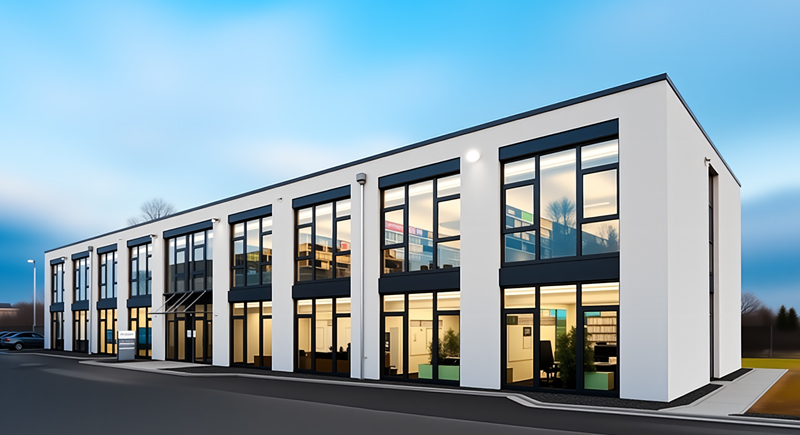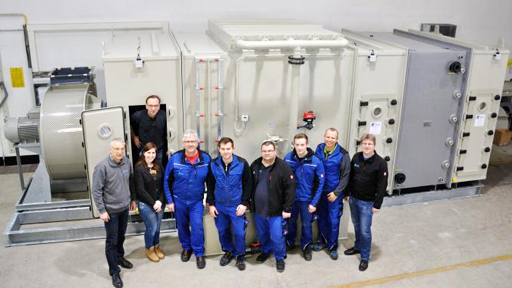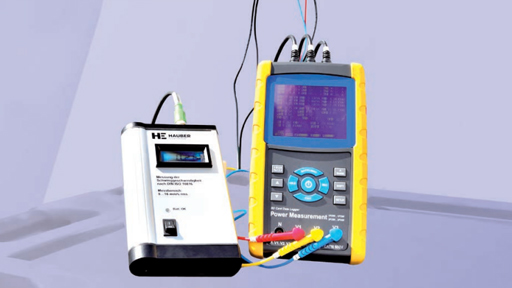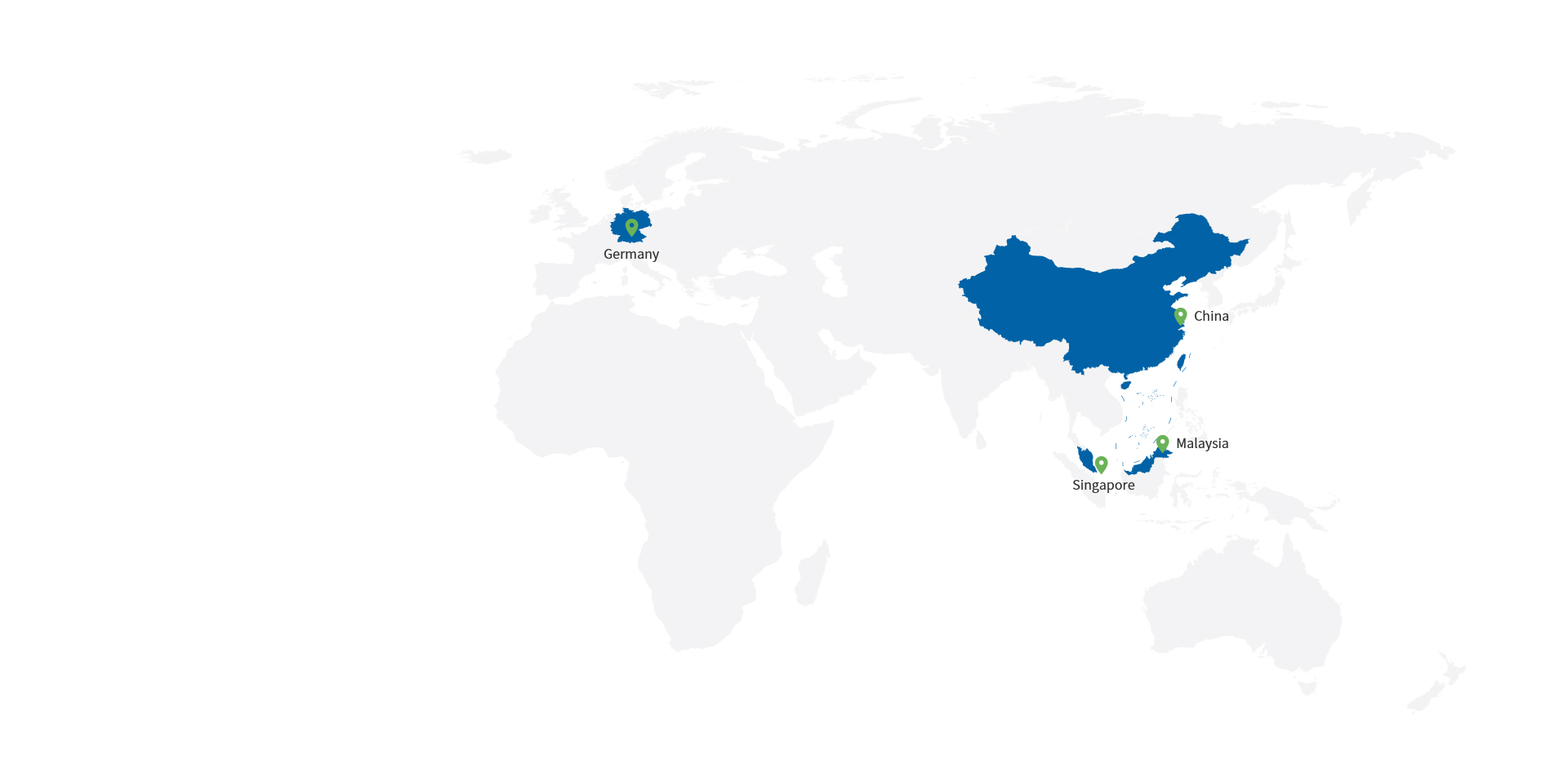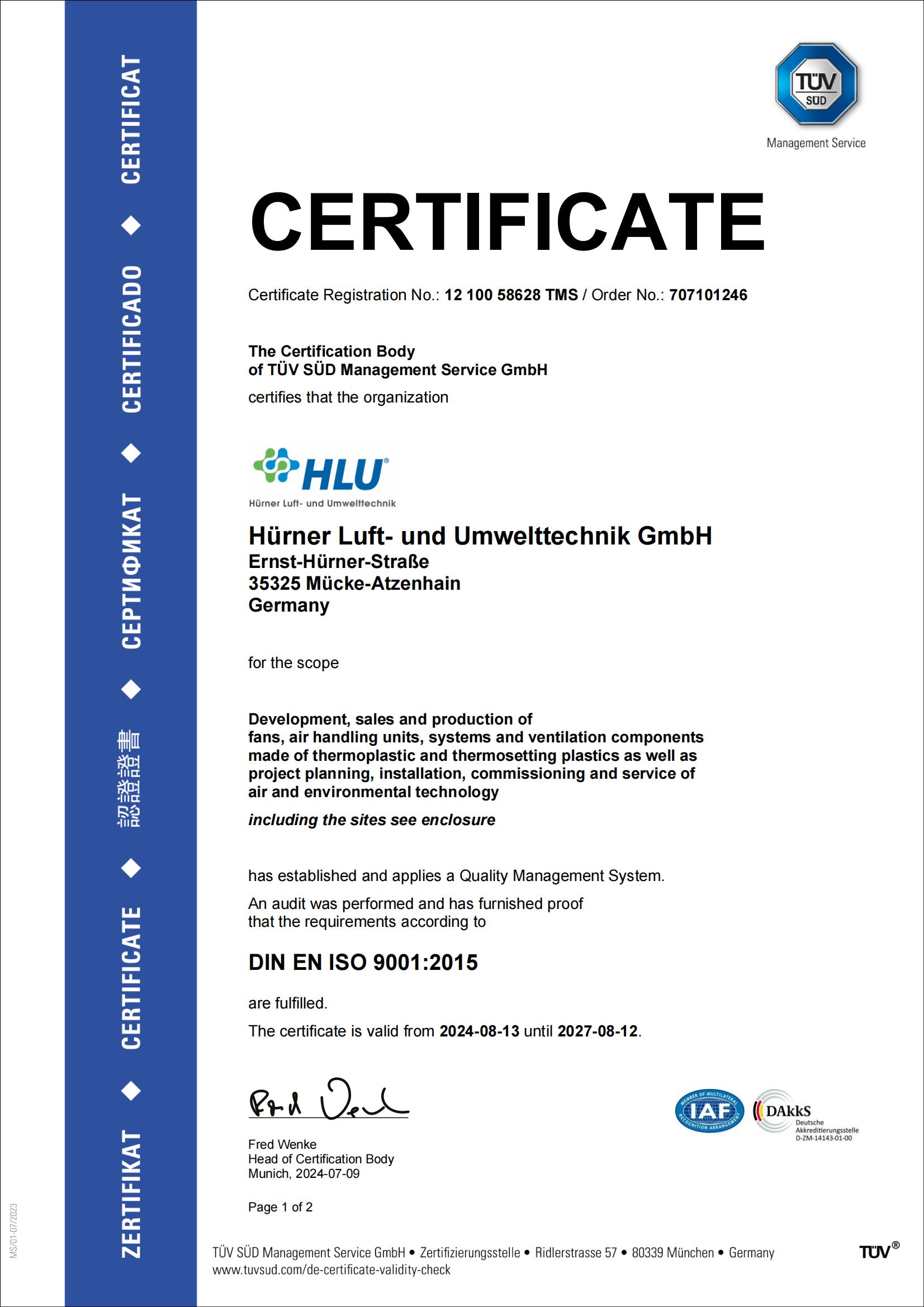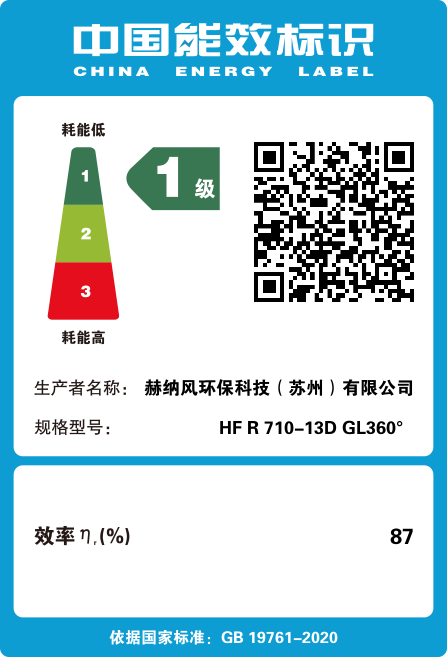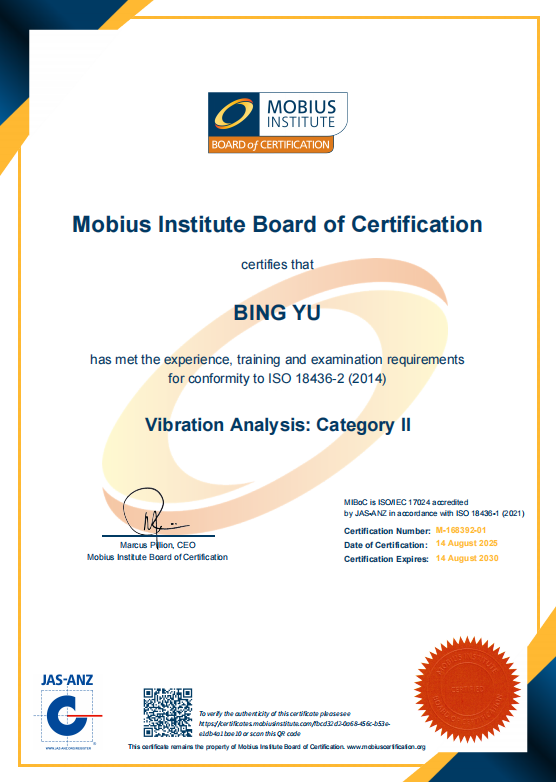-

 1928Ernst Hürner founded the Hürner manufacturing workshop.
1928Ernst Hürner founded the Hürner manufacturing workshop. -
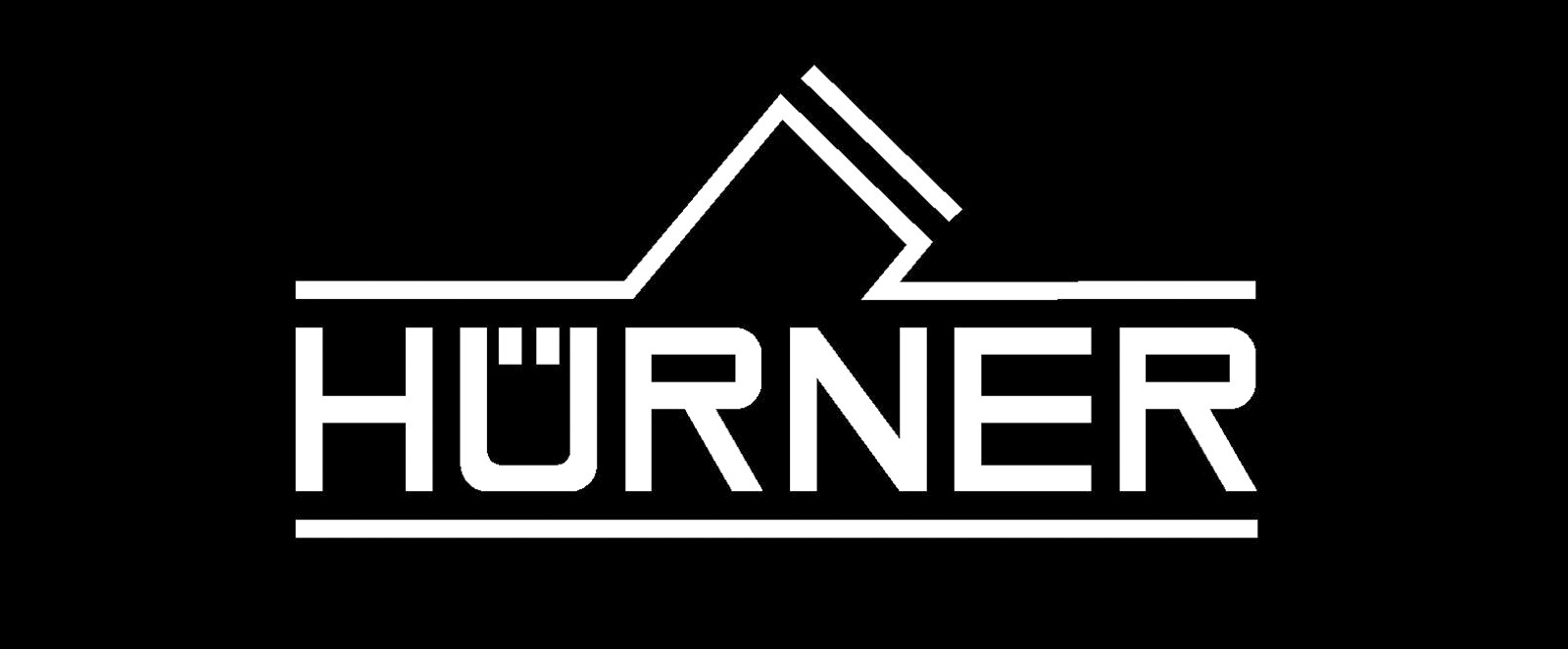
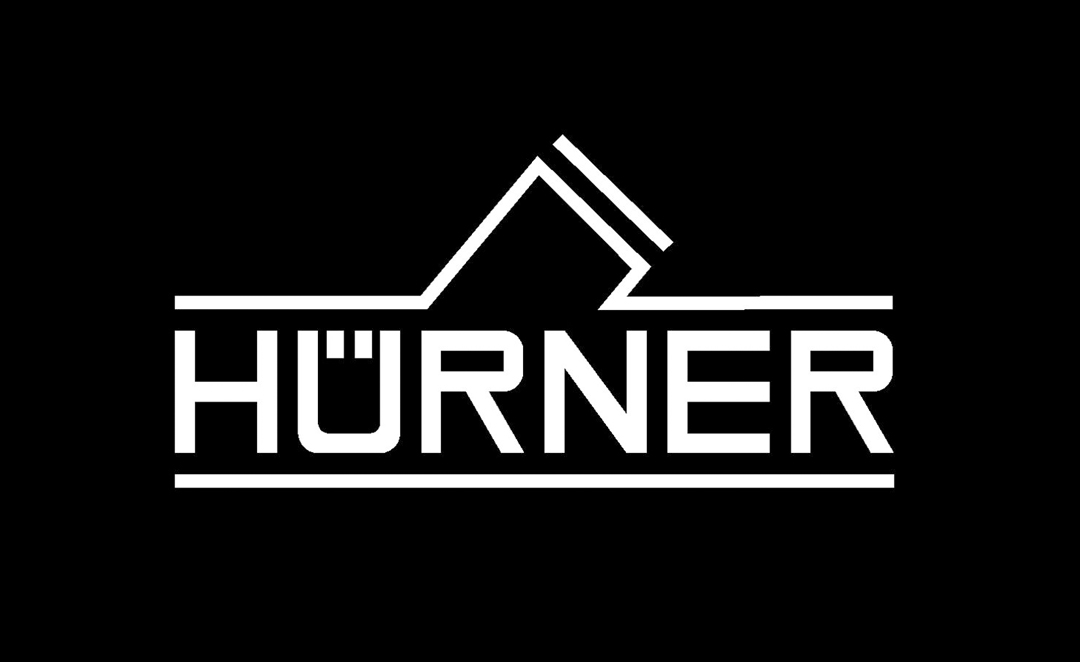 1946During the war, Hürner began producing PVC components for submarines and water filtration equipment. Building on this expertise, he started this processing business in Frankfurt in 1946 and continued to expand its engineering capabilities. The Y-valve symbol used in the logo that was one of the company's precision handmade products for the chemical industry.
1946During the war, Hürner began producing PVC components for submarines and water filtration equipment. Building on this expertise, he started this processing business in Frankfurt in 1946 and continued to expand its engineering capabilities. The Y-valve symbol used in the logo that was one of the company's precision handmade products for the chemical industry. -

 1954By the early 1950s, Ernst Hürner's company had 20 employees specializing in exhaust system components. In 1954, the company successfully manufactured its first axial fan and patented it. The product line later expanded to include PVC tanks, vessels, and ventilation ducts. Through continuous innovation, Ernst Hürner grew this small but creative enterprise into a market leader for corrosion-resistant fans.
1954By the early 1950s, Ernst Hürner's company had 20 employees specializing in exhaust system components. In 1954, the company successfully manufactured its first axial fan and patented it. The product line later expanded to include PVC tanks, vessels, and ventilation ducts. Through continuous innovation, Ernst Hürner grew this small but creative enterprise into a market leader for corrosion-resistant fans. -
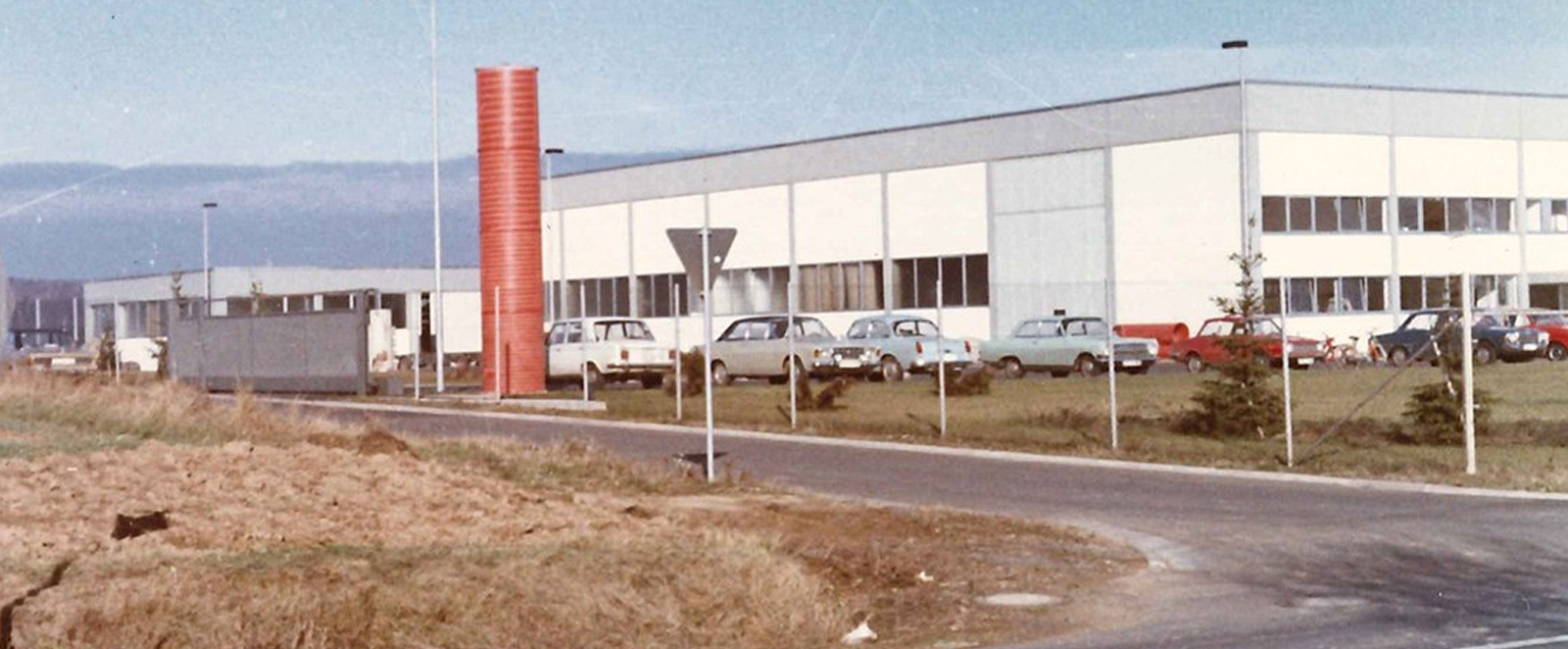
 1970A manufacturing plant was established in Mücke-Atzenhain in 1970, with additional workshops built nearby soon.
1970A manufacturing plant was established in Mücke-Atzenhain in 1970, with additional workshops built nearby soon. -

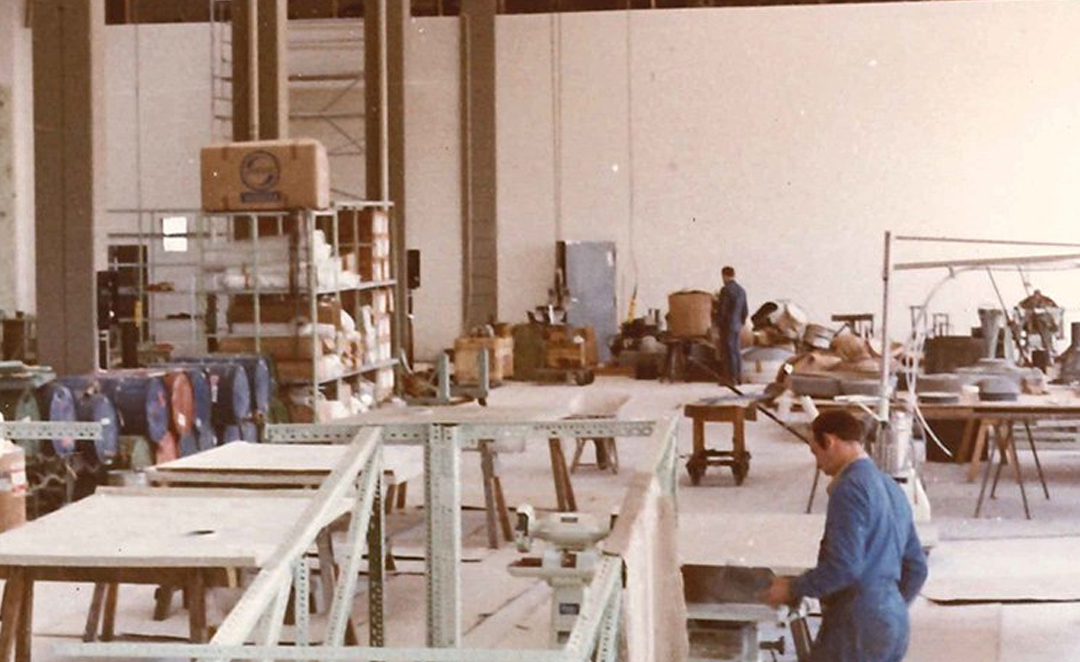 1978In 1976, all production moved from Frankfurt to Mücke-Atzenhain, while administration remained in Frankfurt. In 1978, the company was officially registered as Hürner GmbH Frankfurt am Main. Its products and services expanded into five areas: corrosion-resistant technology, environmental technology, automation, building services, and mechanical engineering.
1978In 1976, all production moved from Frankfurt to Mücke-Atzenhain, while administration remained in Frankfurt. In 1978, the company was officially registered as Hürner GmbH Frankfurt am Main. Its products and services expanded into five areas: corrosion-resistant technology, environmental technology, automation, building services, and mechanical engineering. -
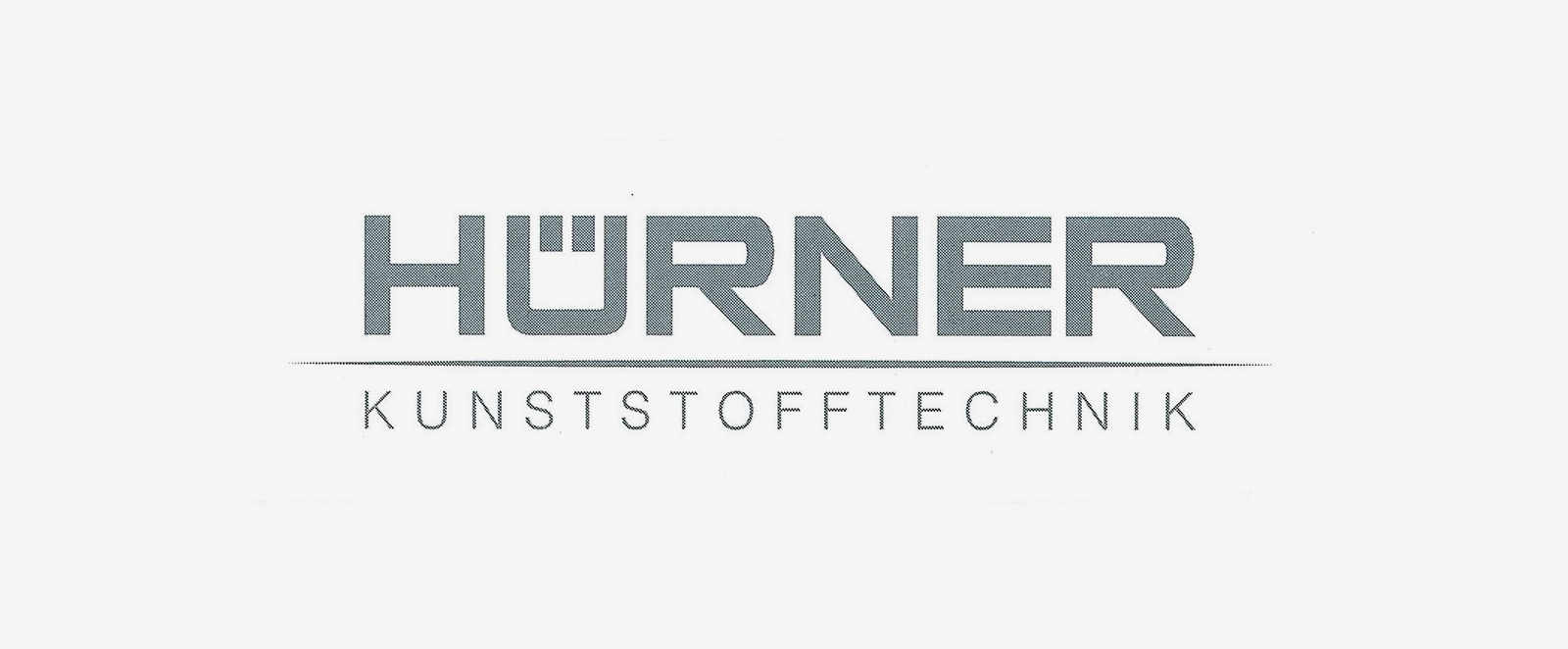
 1993From January 1, 1993, the company operated as Hürner Kunststofftechnik GmbH, with management, sales, and technical departments initially based in Frankfurt. Production sites were in Mücke-Atzenhain and Troisdorf, following the acquisition of KT Kunststofftechnik GmbH.
1993From January 1, 1993, the company operated as Hürner Kunststofftechnik GmbH, with management, sales, and technical departments initially based in Frankfurt. Production sites were in Mücke-Atzenhain and Troisdorf, following the acquisition of KT Kunststofftechnik GmbH. -

 1999On August 30, 1999, after acquiring Funken & Co. GmbH in Hennef, the company was renamed as Hürner-Funken GmbH.
1999On August 30, 1999, after acquiring Funken & Co. GmbH in Hennef, the company was renamed as Hürner-Funken GmbH. -

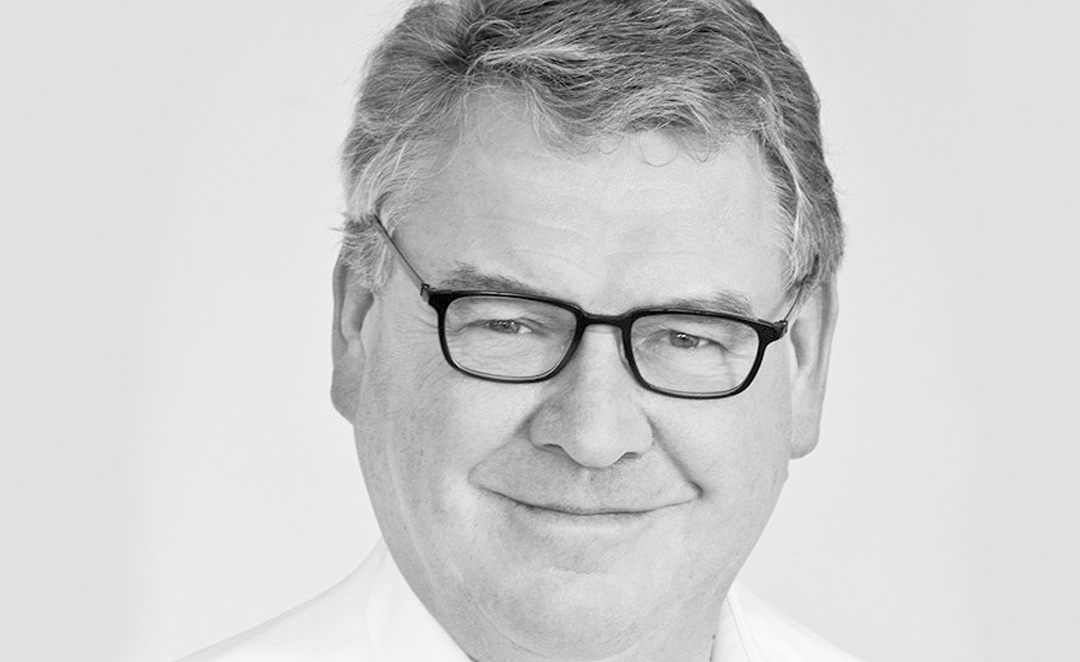 2004Dr. Ralph-Dieter Schrey acquired Hürner-Funken GmbH and Monsun GmbH from Deutsche Steinzeug Cremer & Breuer. Both became subsidiaries of the newly formed Clama Holding GmbH. He also acquired the fan and corrosion-resistant technology business from SGL ACOTEC GmbH, forming KC-Ventilatoren GmbH in Siershahn, which became a subsidiary of Hürner-Funken GmbH.
2004Dr. Ralph-Dieter Schrey acquired Hürner-Funken GmbH and Monsun GmbH from Deutsche Steinzeug Cremer & Breuer. Both became subsidiaries of the newly formed Clama Holding GmbH. He also acquired the fan and corrosion-resistant technology business from SGL ACOTEC GmbH, forming KC-Ventilatoren GmbH in Siershahn, which became a subsidiary of Hürner-Funken GmbH. -
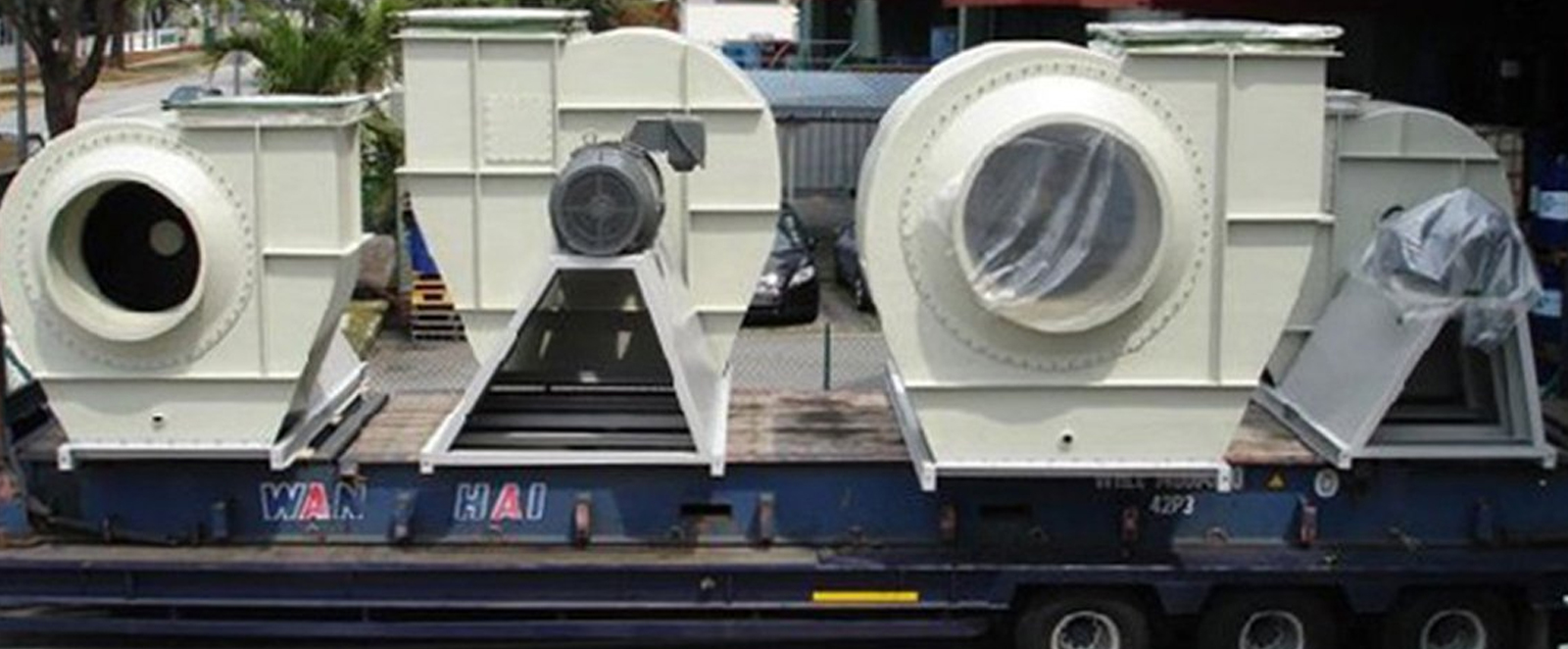
 2005To enter the Asian market, Hürner-Funken GmbH established a sales subsidiary in Singapore.
2005To enter the Asian market, Hürner-Funken GmbH established a sales subsidiary in Singapore. -
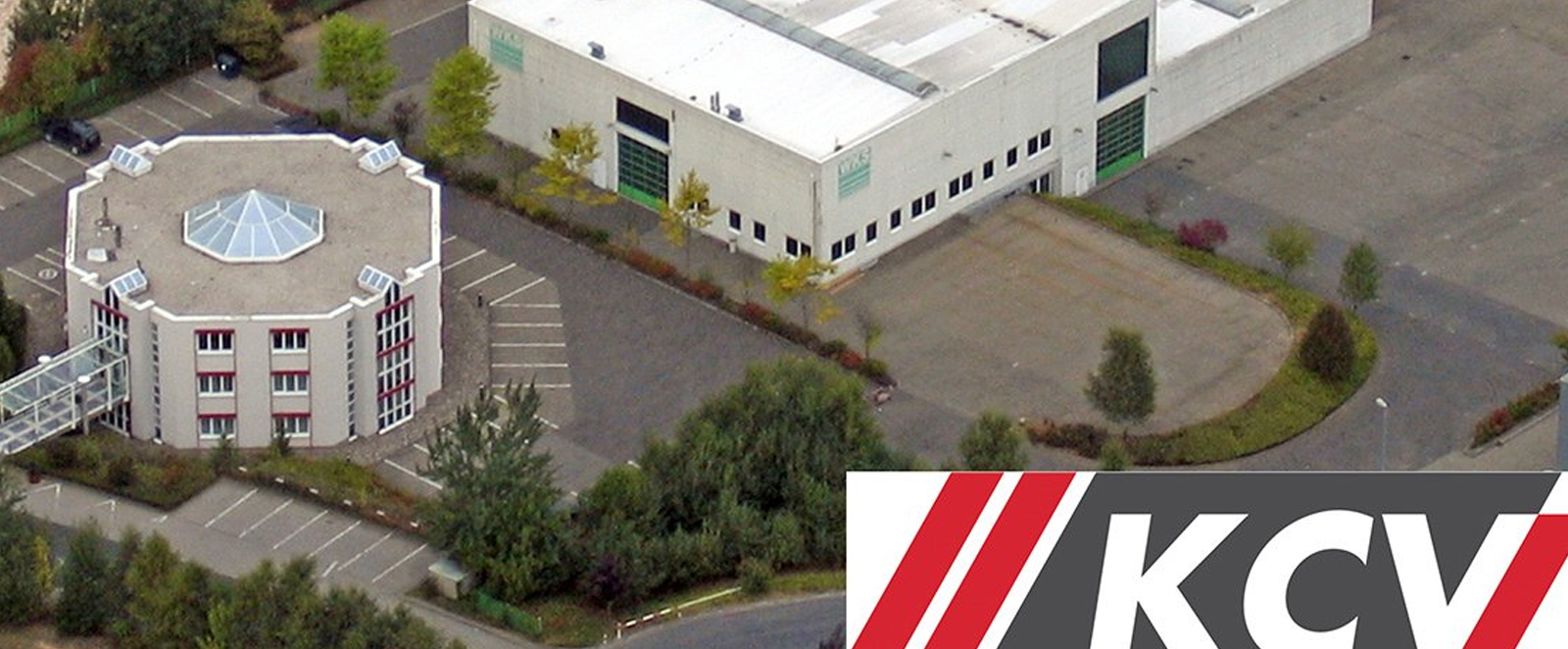
 2008KC-Ventilatoren GmbH was renamed as KCV GmbH and established the company in Ransbach-Baumbach.
2008KC-Ventilatoren GmbH was renamed as KCV GmbH and established the company in Ransbach-Baumbach. -
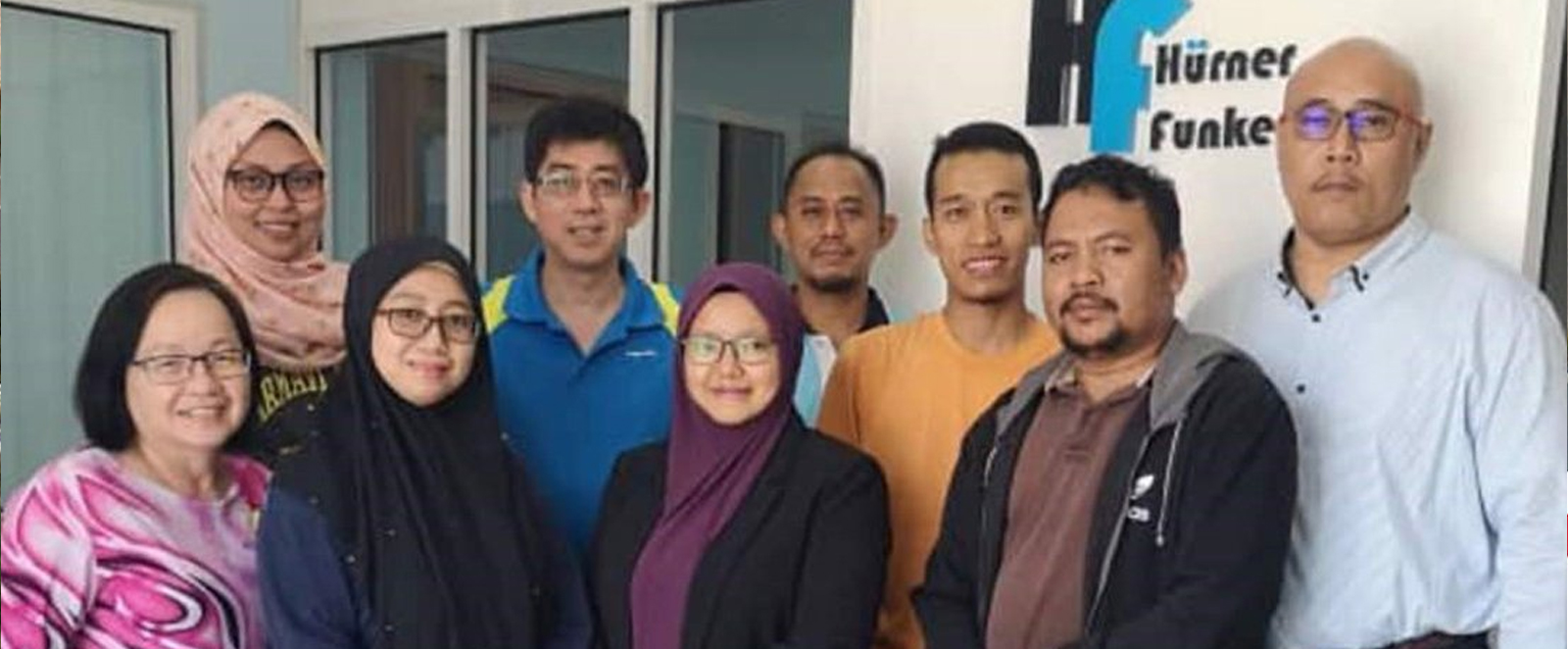
 2009The company set up a production and sales branch in Malaysia. Monsun GmbH celebrated its 60th anniversary.
2009The company set up a production and sales branch in Malaysia. Monsun GmbH celebrated its 60th anniversary. -
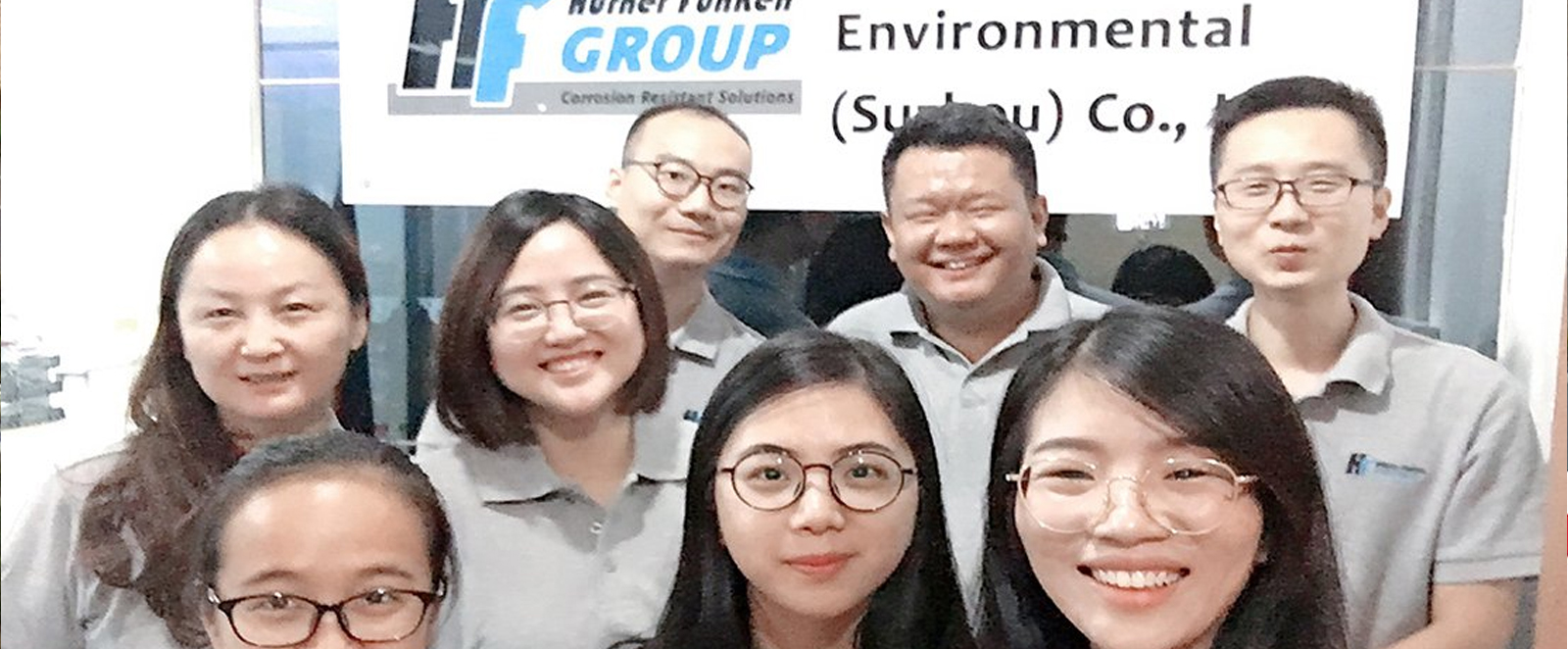
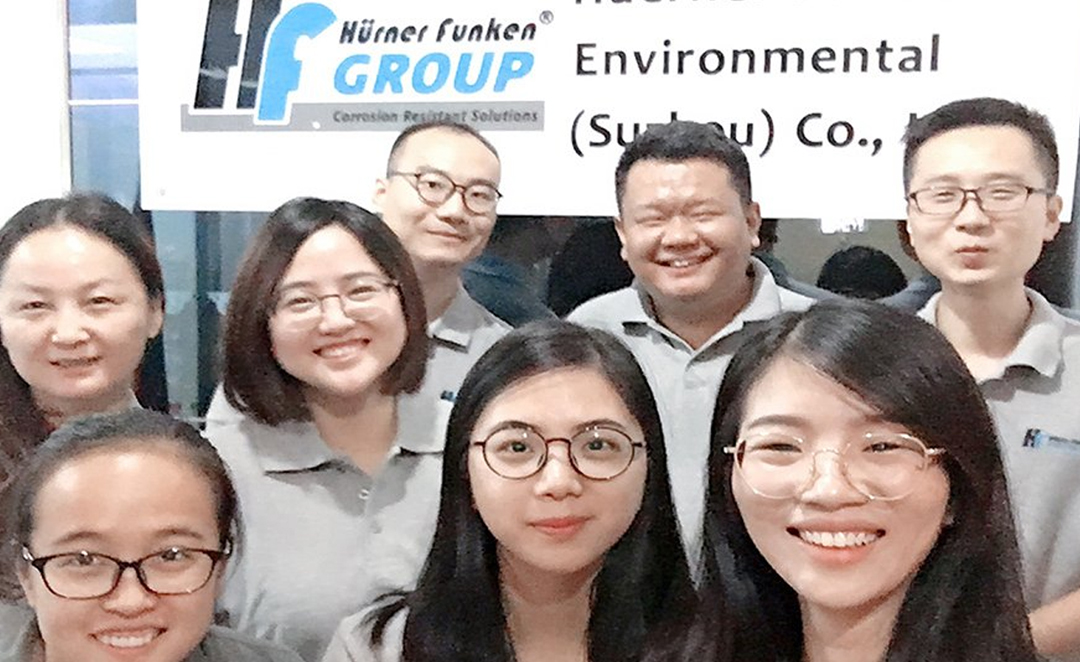 2010A sales branch was established in China.
2010A sales branch was established in China. -
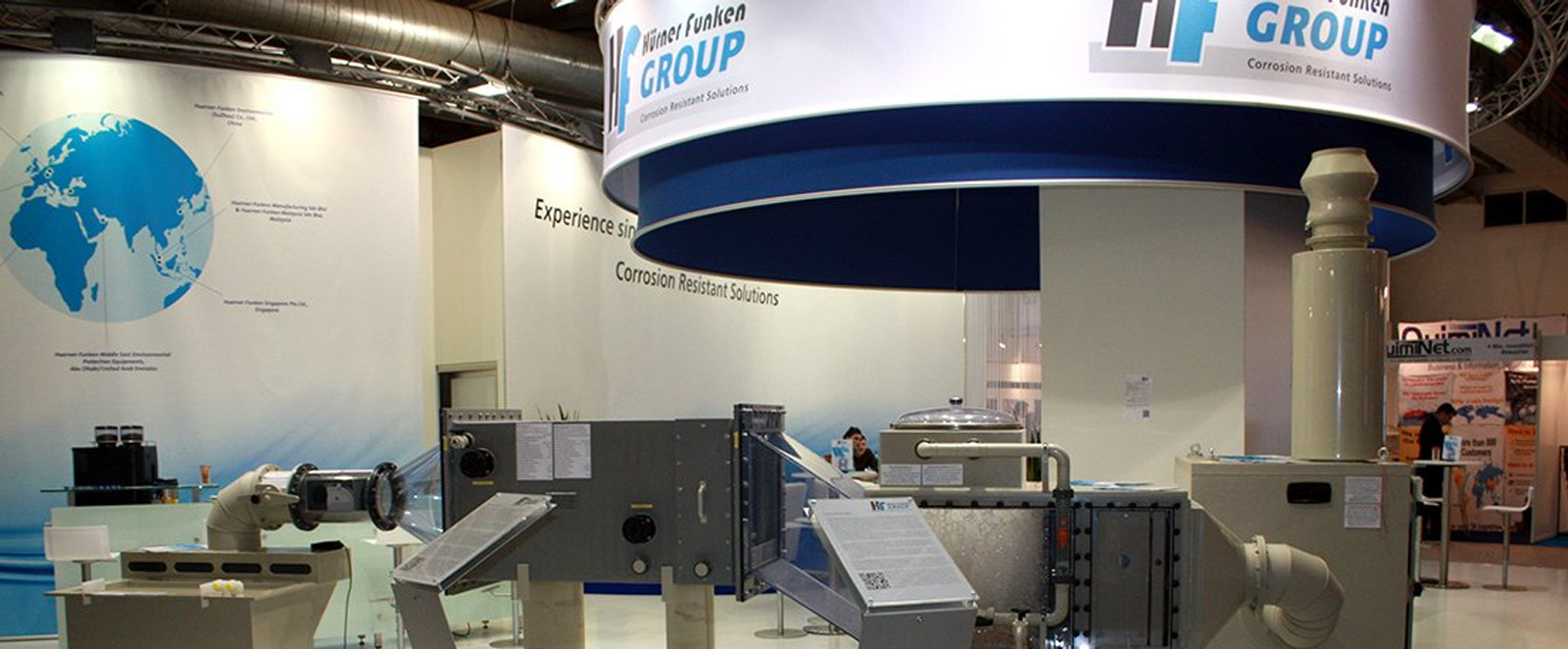
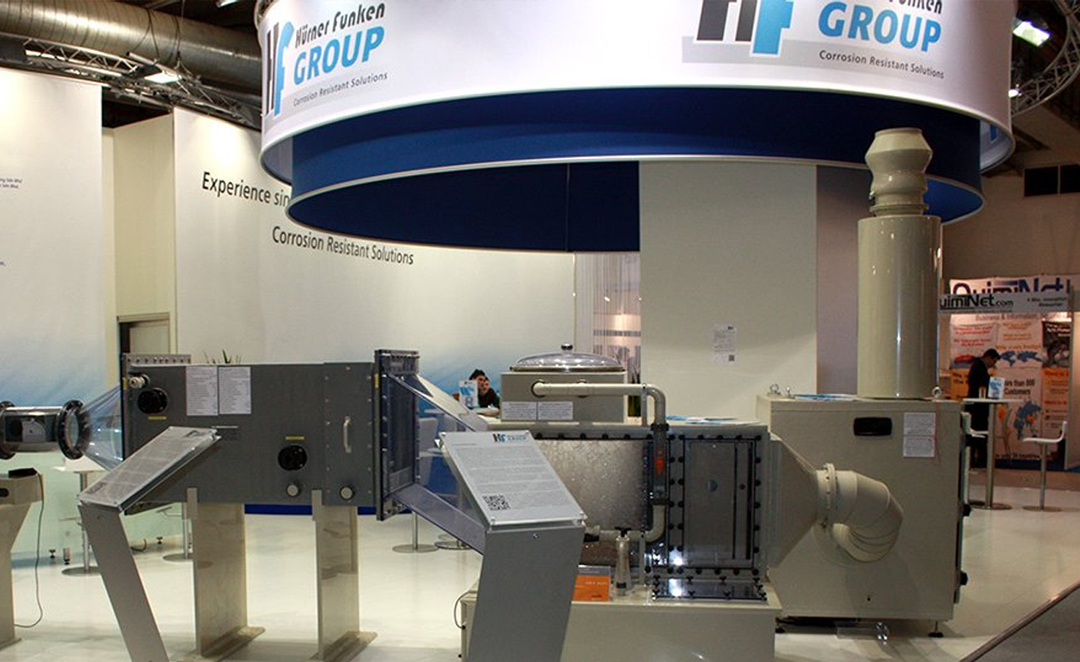 2012Hürner-Funken GmbH and KC-Ventilatoren GmbH exhibited together at Achema in Frankfurt. They adopted a joint logo, and KC-Ventilatoren GmbH was renamed as Hürner-Funken Systemtechnik GmbH.
2012Hürner-Funken GmbH and KC-Ventilatoren GmbH exhibited together at Achema in Frankfurt. They adopted a joint logo, and KC-Ventilatoren GmbH was renamed as Hürner-Funken Systemtechnik GmbH. -
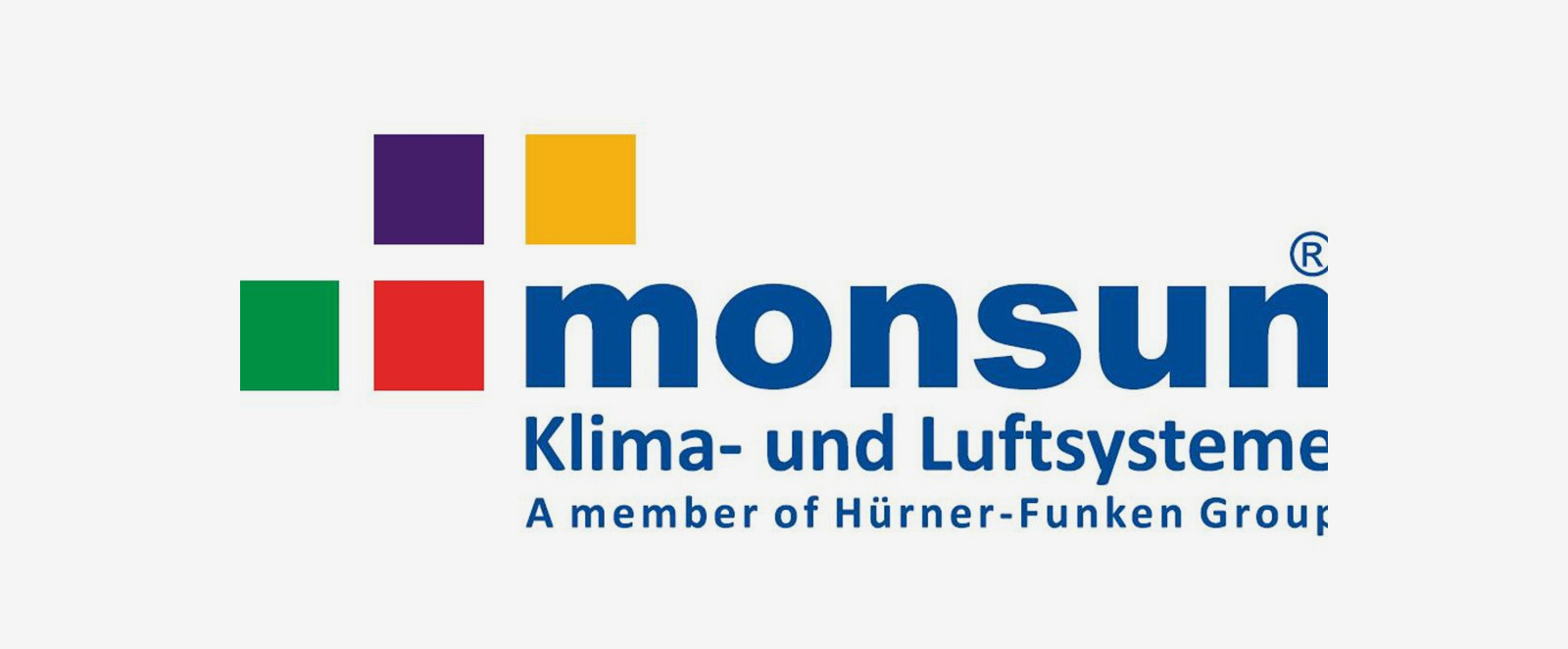
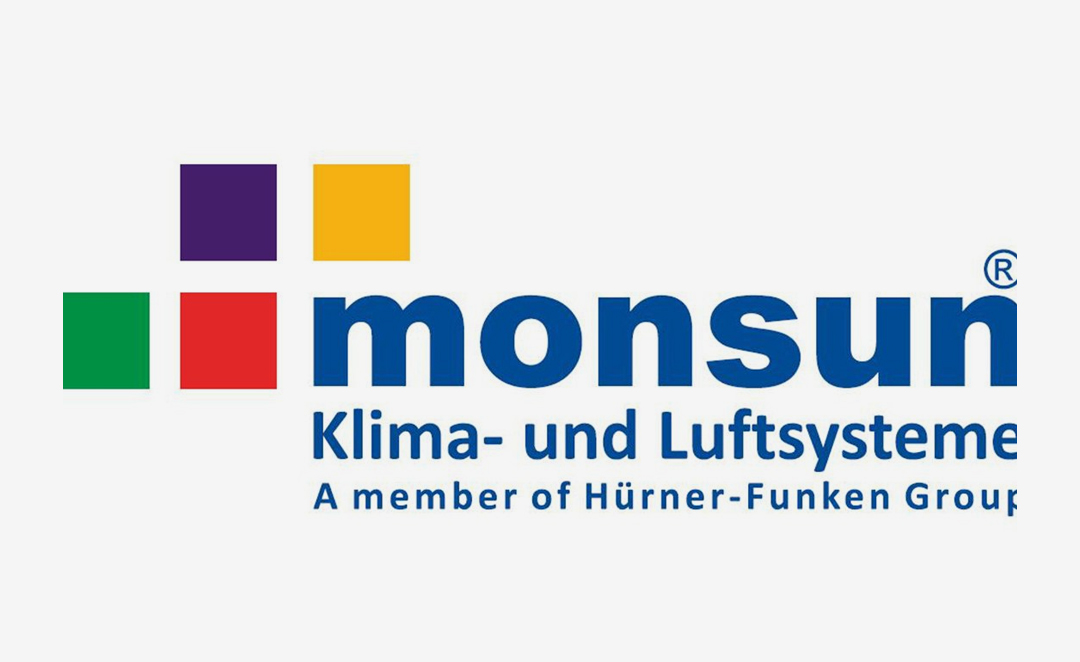 2013Monsun GmbH became a subsidiary of Hürner-Funken GmbH.
2013Monsun GmbH became a subsidiary of Hürner-Funken GmbH. -
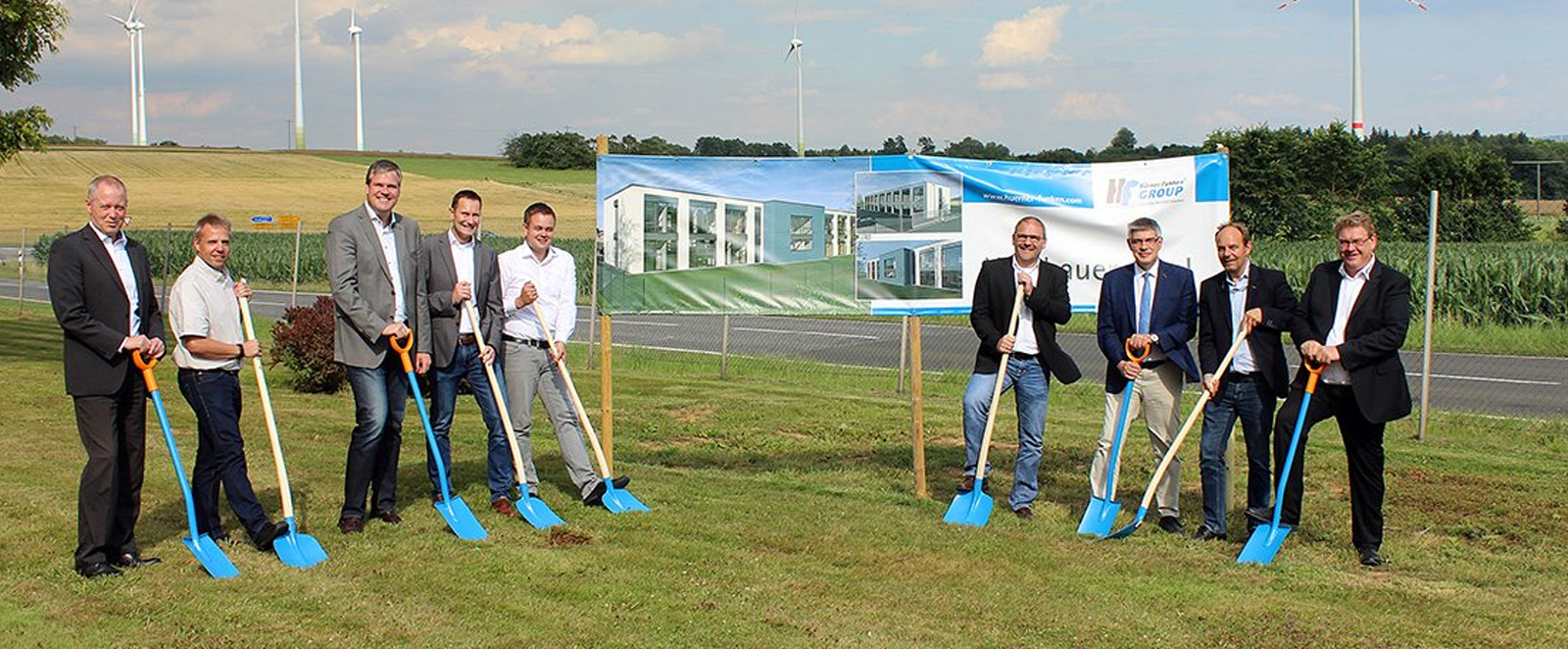
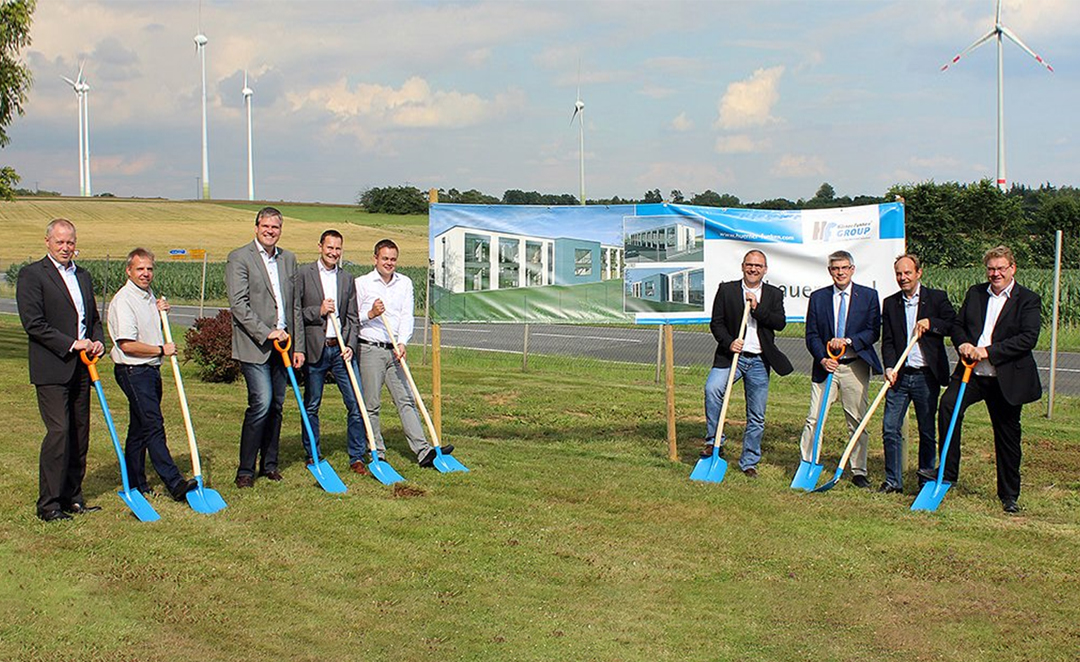 2017The groundbreaking ceremony for a new R&D center in Mücke-Atzenhain was held. The 1,200 sqm center will house about 60 employees and exceeds German energy efficiency standards by 40%.
2017The groundbreaking ceremony for a new R&D center in Mücke-Atzenhain was held. The 1,200 sqm center will house about 60 employees and exceeds German energy efficiency standards by 40%. -
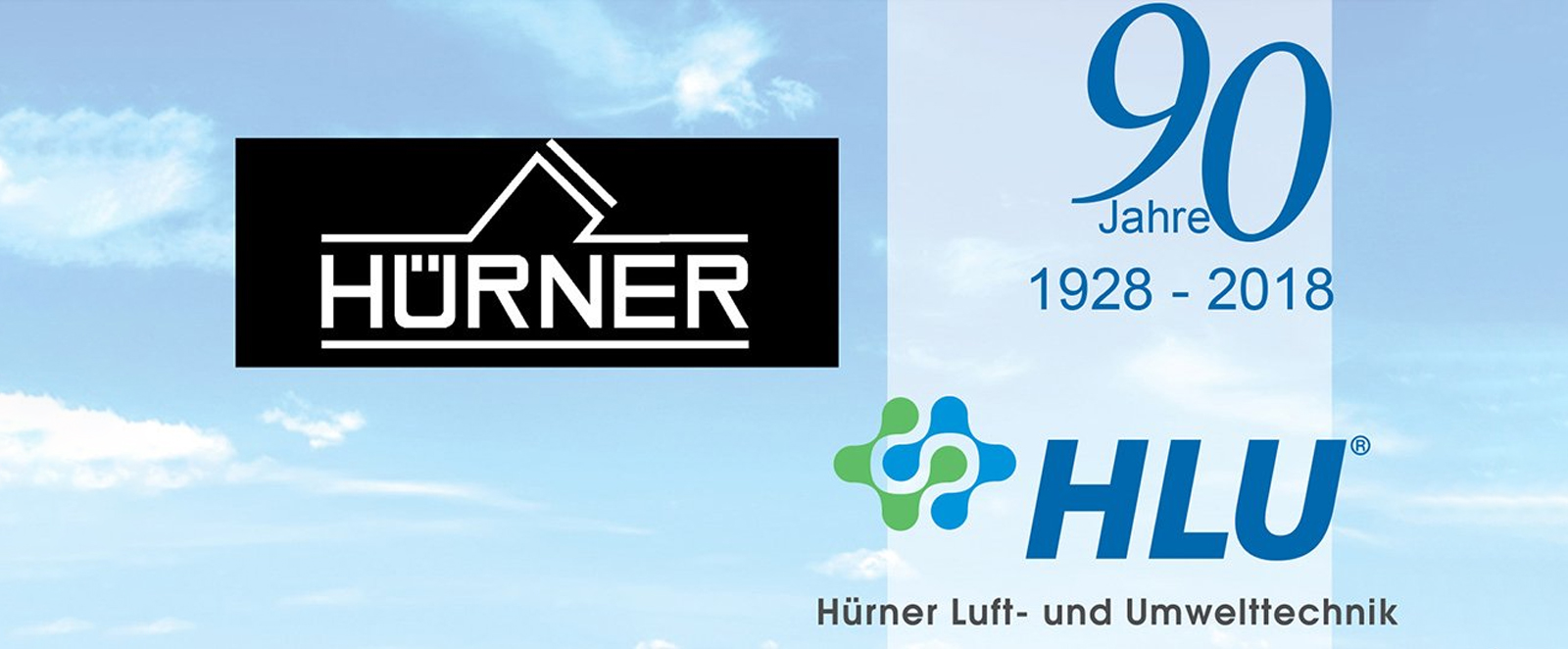
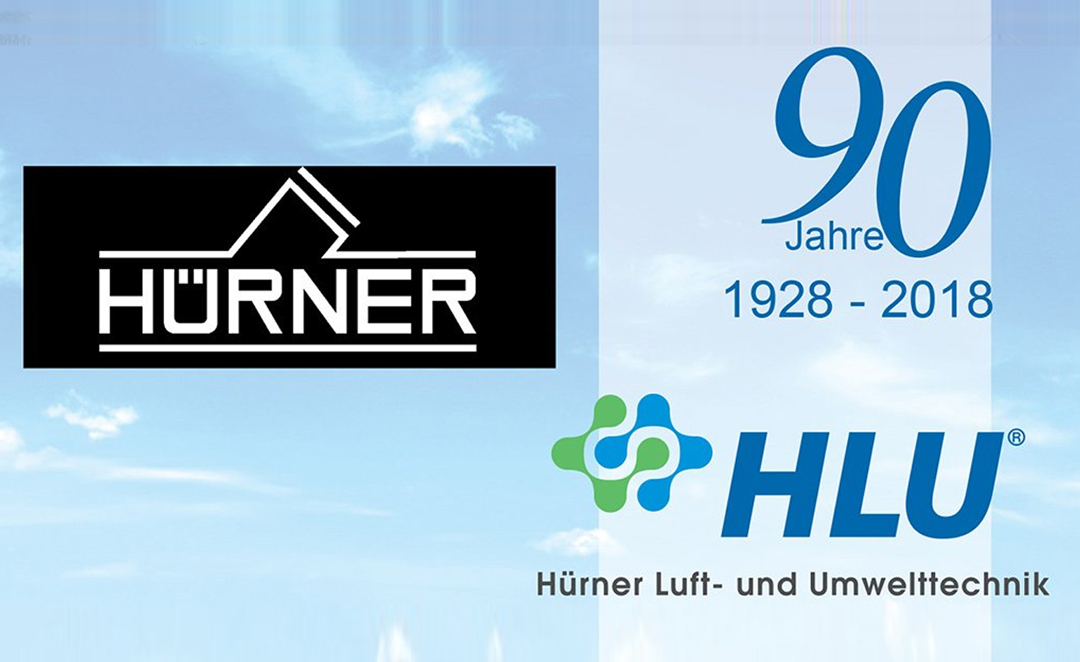 2018On January 1, 2018, Hürner-Funken GmbH was renamed Hürner Luft und Umwelttechnik GmbH. Monsun and Hürner-Funken Systemtechnik operated independently under the new names HLU Monsun and HLU Systemtechnik. Hürner celebrated its 90th anniversary in September.
2018On January 1, 2018, Hürner-Funken GmbH was renamed Hürner Luft und Umwelttechnik GmbH. Monsun and Hürner-Funken Systemtechnik operated independently under the new names HLU Monsun and HLU Systemtechnik. Hürner celebrated its 90th anniversary in September. -
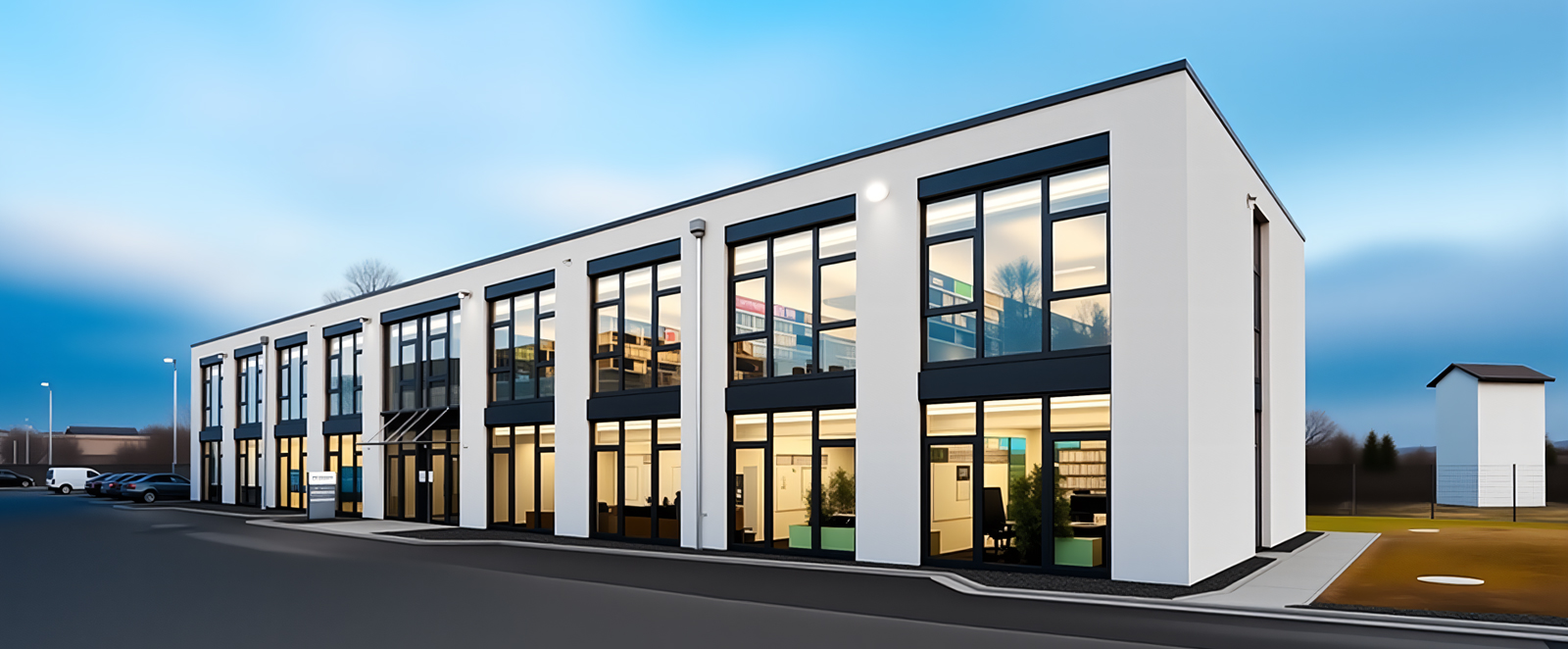
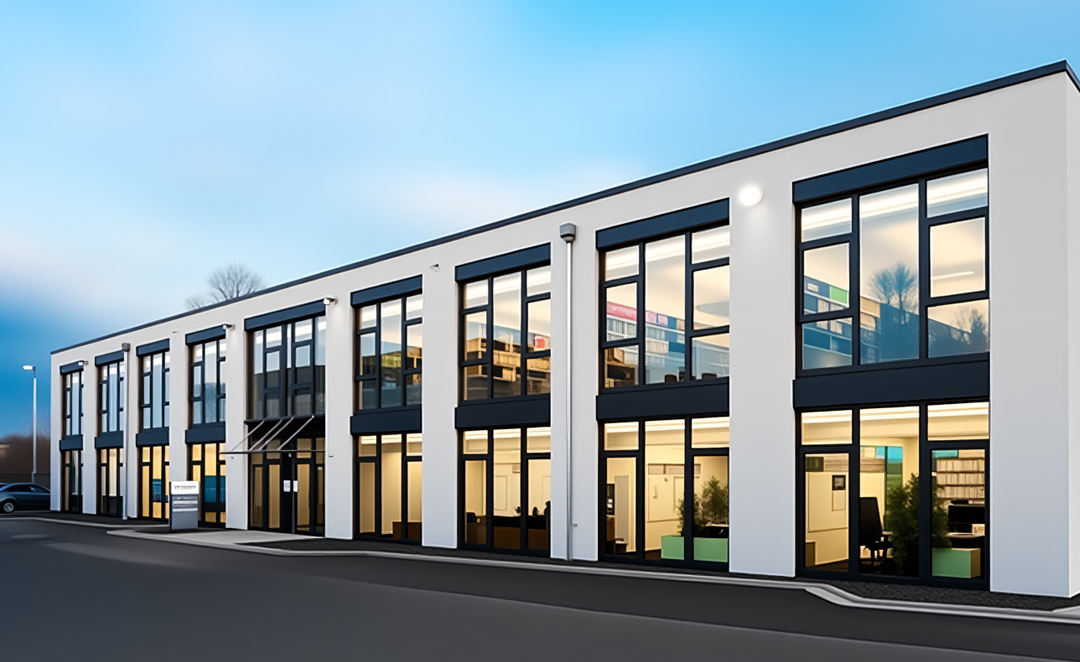 2019On January 1, 2019, HLU Monsun GmbH was fully integrated into Hürner Luft- und Umwelttechnik GmbH. HLU Systemtechnik GmbH followed on September 1, 2019.
2019On January 1, 2019, HLU Monsun GmbH was fully integrated into Hürner Luft- und Umwelttechnik GmbH. HLU Systemtechnik GmbH followed on September 1, 2019. -
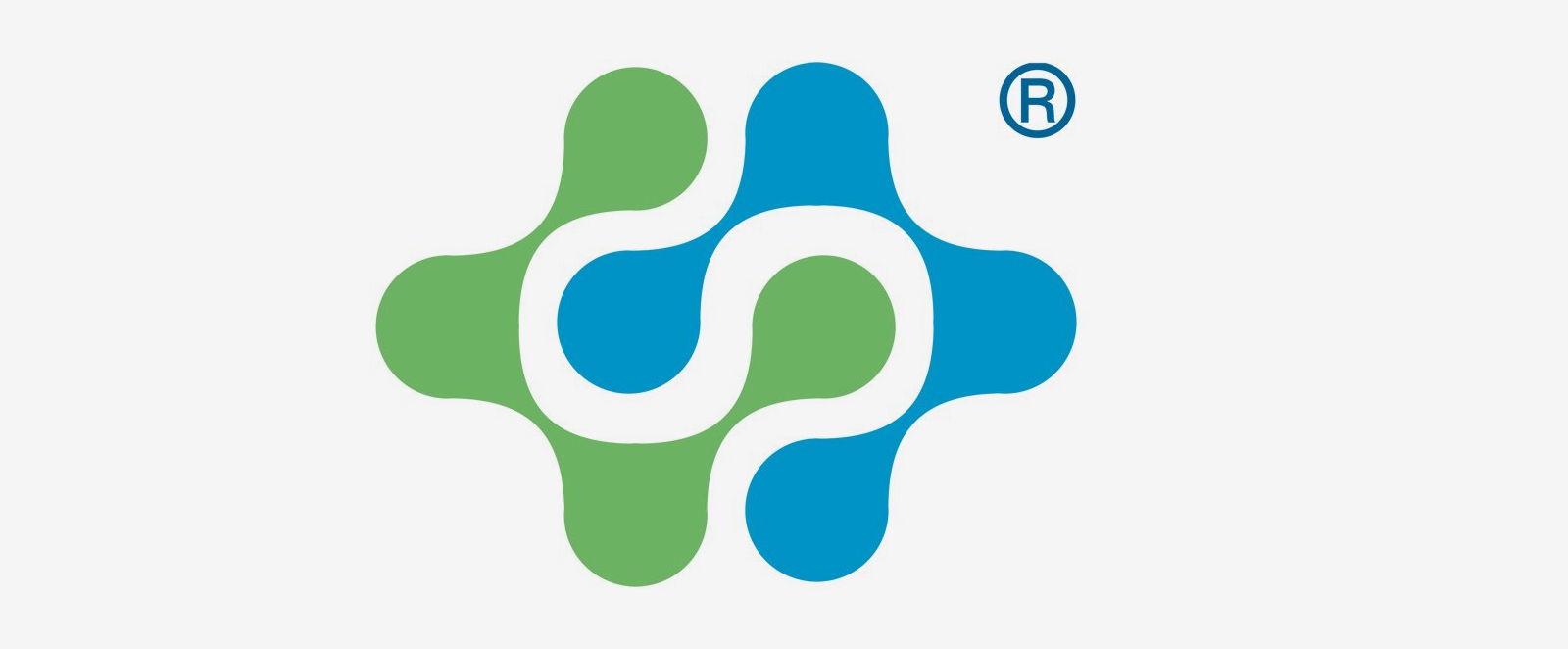
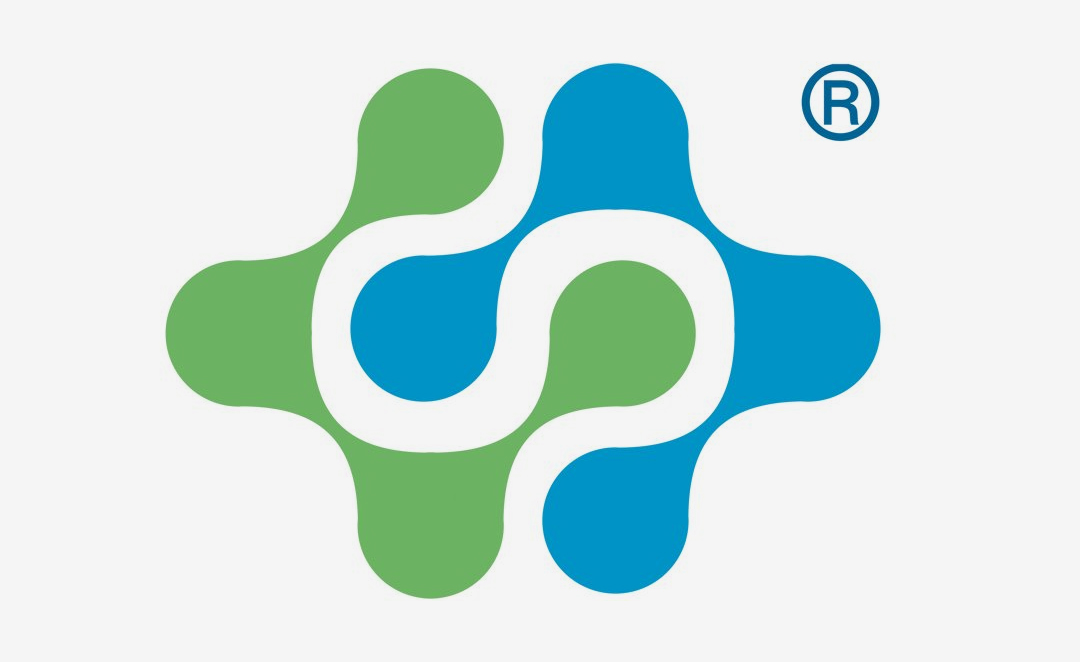 2020Sube HLU GmbH In December 2020, Hürner Luft und Umwelttechnik (HLU) and Sube established a joint venture specializing in FRP (Fiberglass Reinforced Plastic) technology.
2020Sube HLU GmbH In December 2020, Hürner Luft und Umwelttechnik (HLU) and Sube established a joint venture specializing in FRP (Fiberglass Reinforced Plastic) technology. -
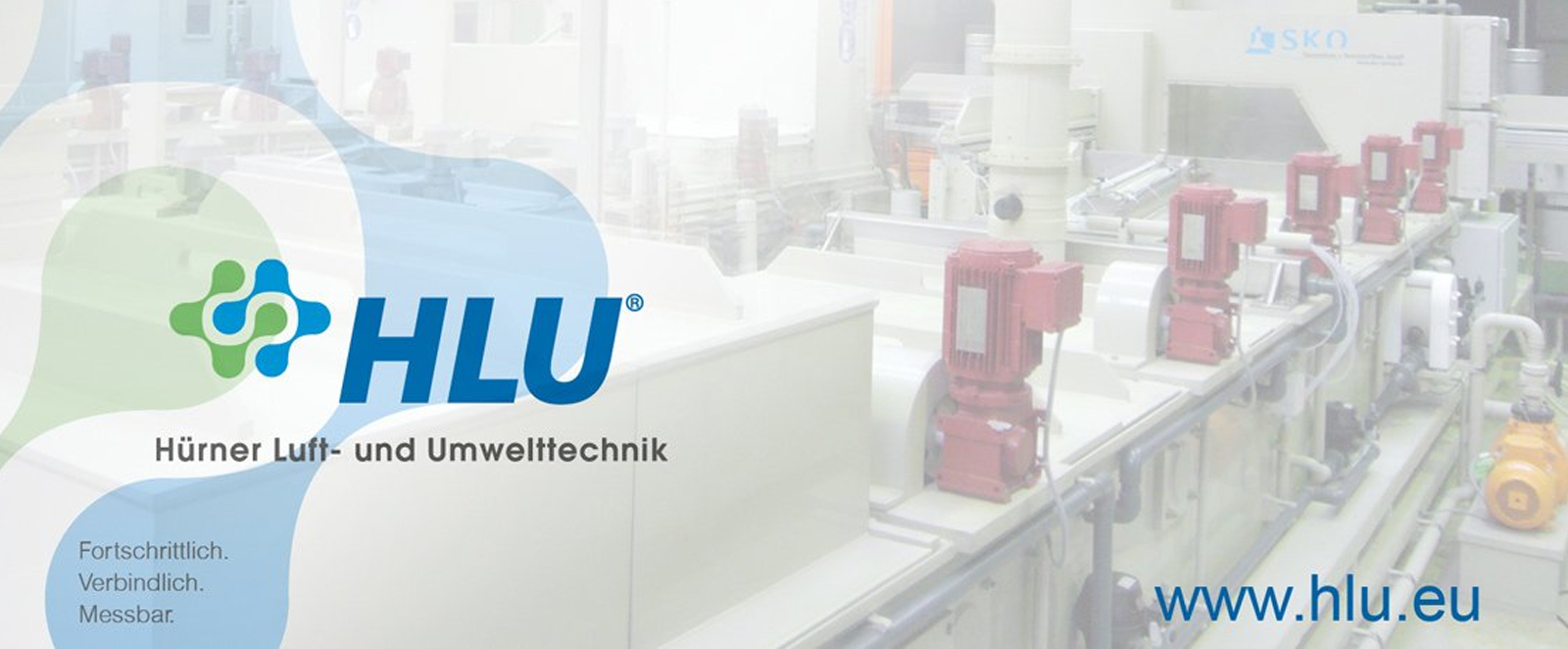
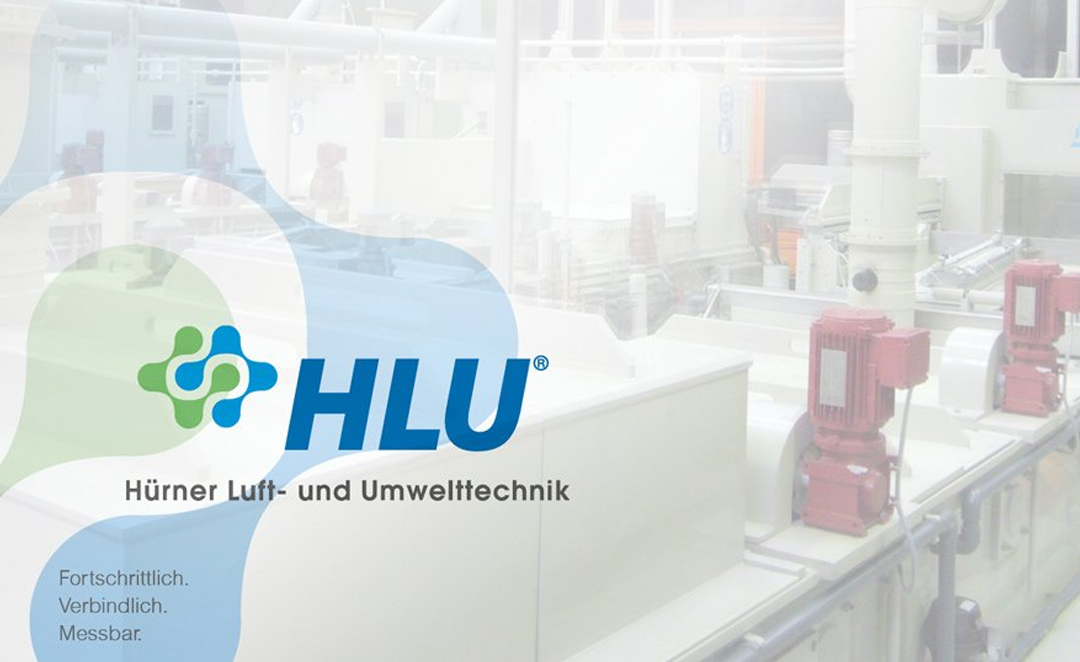 2021On January 1, 2021, Hürner Luft und Umwelttechnik (HLU) formally completed the acquisition of the business operations of Säureschutz und Kunststoffbau GmbH (SKO).
2021On January 1, 2021, Hürner Luft und Umwelttechnik (HLU) formally completed the acquisition of the business operations of Säureschutz und Kunststoffbau GmbH (SKO). -

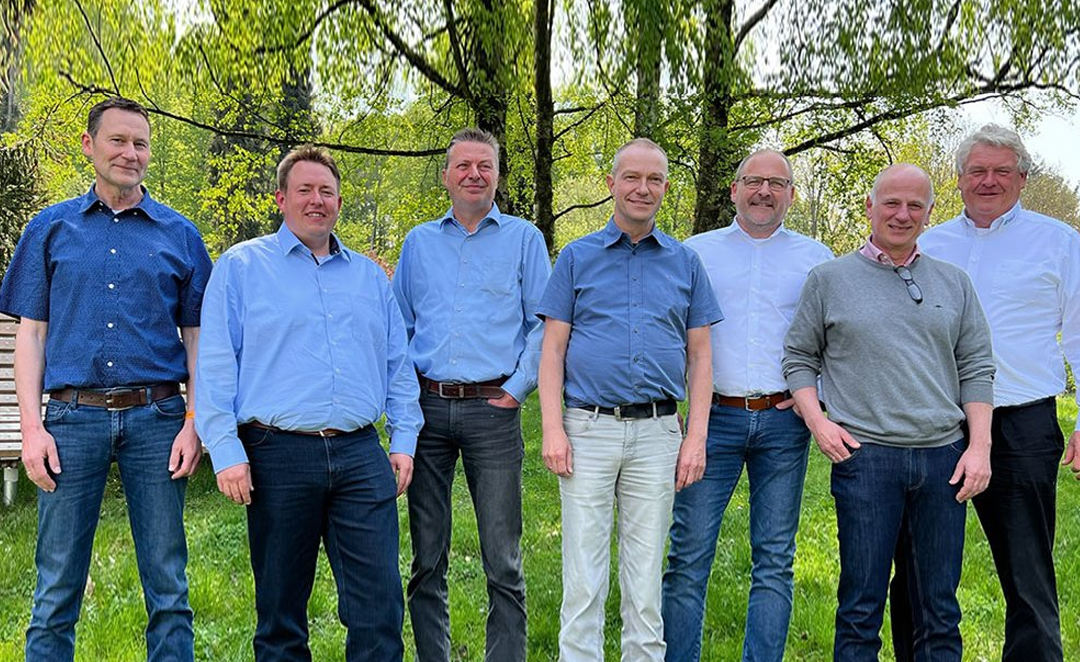 2022Effective January 1, 2022, HLU officially assumed control of atea Anlagentechnik GmbH, which was subsequently rebranded as HLU-atea Umwelttechnik GmbH. To facilitate the expansion of its Ransbach-Baumbach facility, HLU has acquired an adjacent plot of land. The company plans to construct a new office building on this site, which will provide ample space for all Ransbach-based employees and their new colleagues from the atea team.
2022Effective January 1, 2022, HLU officially assumed control of atea Anlagentechnik GmbH, which was subsequently rebranded as HLU-atea Umwelttechnik GmbH. To facilitate the expansion of its Ransbach-Baumbach facility, HLU has acquired an adjacent plot of land. The company plans to construct a new office building on this site, which will provide ample space for all Ransbach-based employees and their new colleagues from the atea team.

























